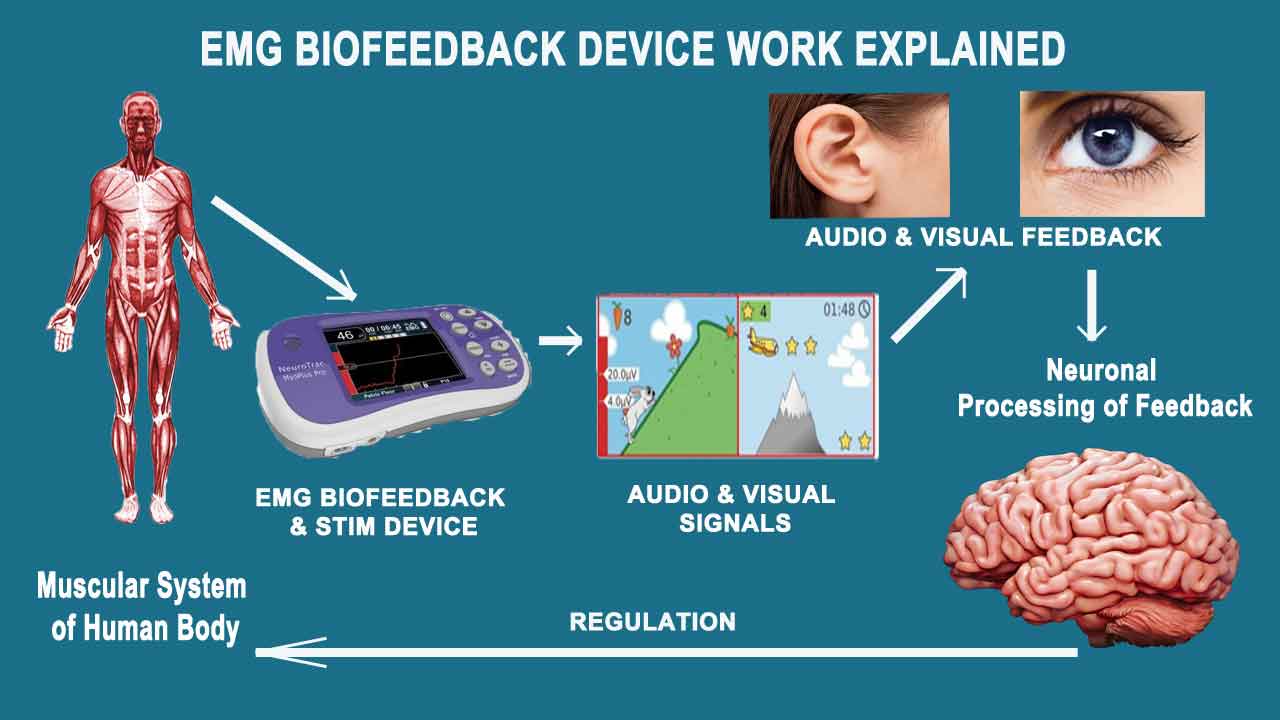Revealing the Mysteries of the Brain Through qEEG Cerebral Mapping in Mental Wellness Assessment
Revealing the Mysteries of the Brain Through qEEG Cerebral Mapping in Mental Wellness Assessment
Blog Article
Comprehending the human brain is a challenging endeavor, especially when it comes to mental health. Traditional approaches of assessment frequently rely on interviews and questionnaires, which can sometimes miss crucial details about how the brain operates. This is where qEEG brainwave analysis, or qEEG, enters into play. qEEG is a specialized technique that assesses neural signals in the brain. By analyzing these brainwaves, mental health experts can gain important insights into a individual's psychological state, helping to improve assessment and intervention.
qEEG works by placing small sensors on the scalp to record brain activity. These electrodes measure neural signals produced by neurons, the units in the cerebrum that interact with each other. The data collected is then processed and displayed as a set of waveforms. Each kind of neural wave—such as alpha, beta, δ, and θ—corresponds to various psychological states and activities. For example, α oscillations are commonly associated with calmness, while beta waves are associated to active thinking and issue resolution. By analyzing these trends, healthcare providers can detect abnormalities that may indicate mental health concerns.
One of the major advantages of qEEG is its ability to provide unbiased information. In contrast to conventional assessments that rely on subjective reports from clients, qEEG provides a distinct view of neural function. This objectivity can assist minimize prejudices in assessment and lead to more accurate treatment plans. For instance, if a client is experiencing anxiety, qEEG can show particular trends of brain activity that are associated Web Site with anxiety conditions. This data enables mental health experts to customize interventions more efficiently, whether it be through therapy, pharmaceuticals, or other treatments.
Moreover, qEEG can be particularly beneficial in monitoring intervention progress. By performing qEEG evaluations at different points during treatment, clinicians can monitor variations in neural activity over time. This ongoing evaluation helps determine whether a treatment is effective or if adjustments are needed. For example, if a client is not reacting to a specific treatment, qEEG may indicate that their neural function has not altered in a manner that suggests progress. This response cycle can result to more customized and efficient psychological health treatment.
In conclusion, qEEG brain mapping is a powerful instrument in the field of mental health assessment. By offering objective information about brain activity, it enhances the understanding of various mental health conditions. This technique not only aids in accurate diagnosis but also helps in tracking intervention success. As psychological health experts persist to investigate the capabilities of qEEG, it holds potential for enhancing the well-being of people dealing with psychological health issues. With ongoing research and advancements in technology, the mysteries of the mind may turn more apparent, resulting to better results for those in requirement of assistance.